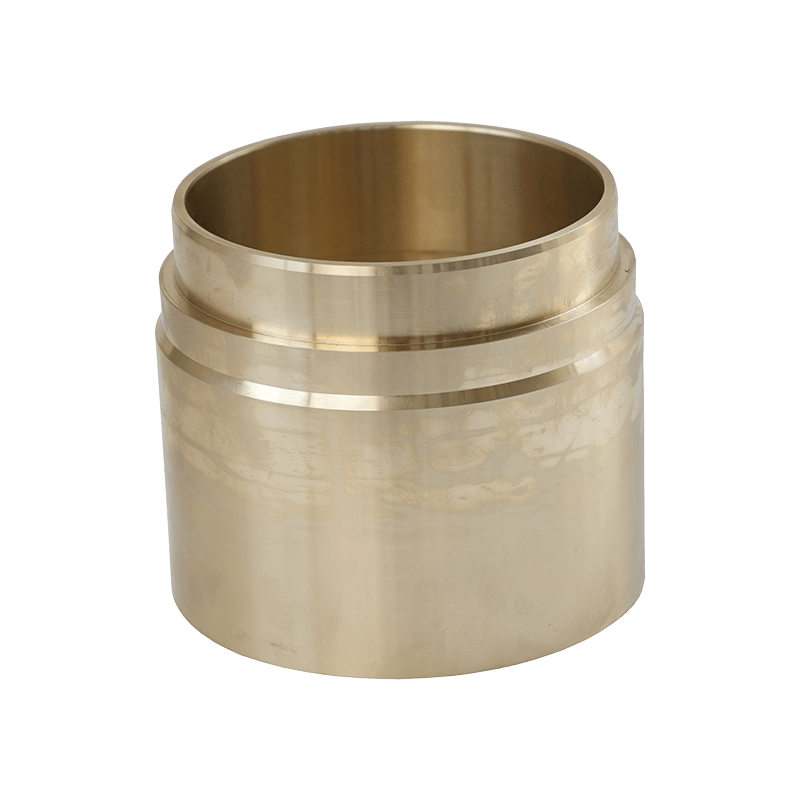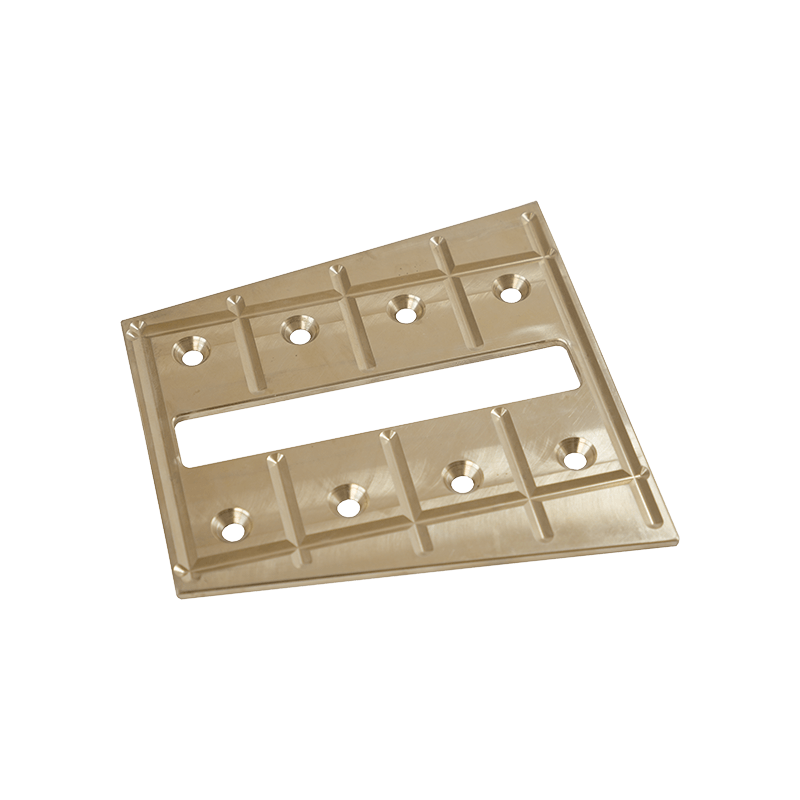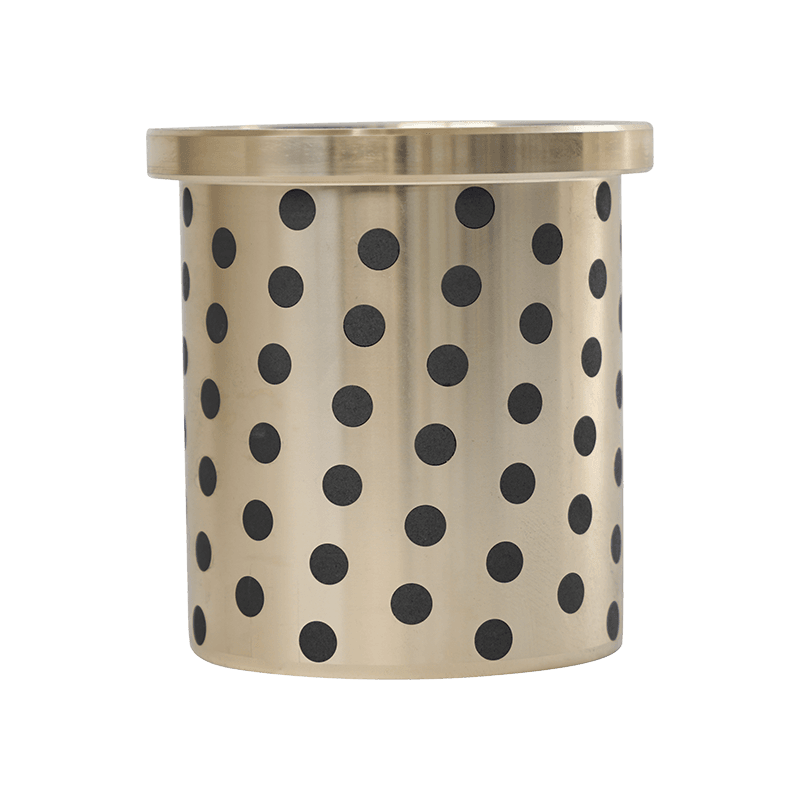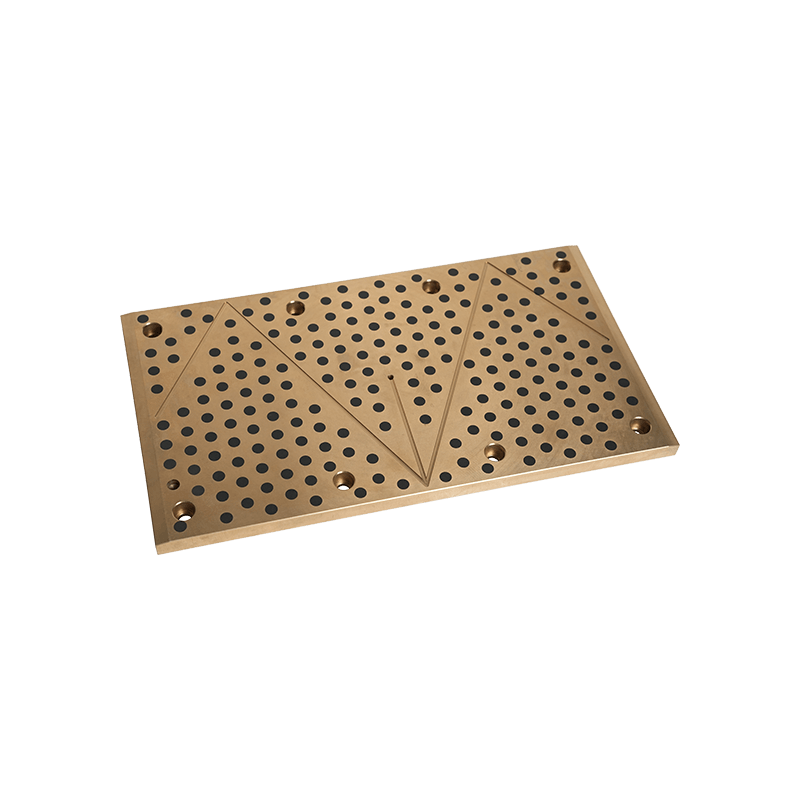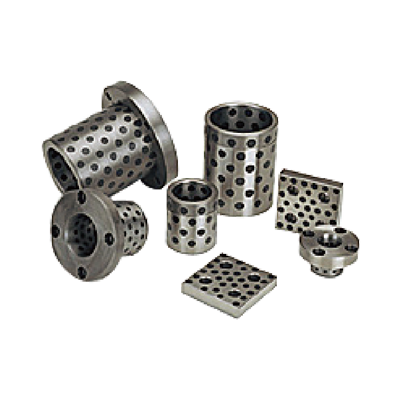Carbon fiber self-lubricating bearings represent a cutting-edge advancement in bearing technology, combining the exceptional mechanical properties of carbon fiber with innovative self-lubrication mechanisms. These specialized bearings are engineered to operate efficiently without external lubrication while maintaining superior performance characteristics across demanding applications.
Composition and Structure
Carbon fiber self-lubricating bearings are typically constructed using high-strength carbon fiber reinforcement embedded within polymer matrix materials or metal substrates. The carbon fibers provide exceptional tensile strength, stiffness, and dimensional stability, while the matrix material incorporates solid lubricants such as PTFE (polytetrafluoroethylene), graphite, or molybdenum disulfide.
The bearing structure often features a multi-layered design where carbon fiber layers are strategically oriented to maximize load-bearing capacity in specific directions. The self-lubricating properties are achieved through the integration of solid lubricant particles that are either dispersed throughout the matrix or concentrated in specific wear surfaces.
Key Characteristics and Properties
These bearings exhibit remarkable properties that distinguish them from conventional bearing systems. Their coefficient of friction typically ranges from 0.05 to 0.20, depending on the specific formulation and operating conditions. The carbon fiber reinforcement provides excellent fatigue resistance and maintains structural integrity under cyclic loading conditions.
Temperature performance is another significant advantage, with many carbon fiber self-lubricating bearings operating effectively across temperature ranges from -200°C to +200°C. The materials demonstrate excellent thermal stability and minimal thermal expansion, ensuring consistent performance in varying environmental conditions.
Chemical resistance is exceptional, with these bearings showing strong resistance to oils, fuels, acids, and various industrial chemicals. This makes them particularly suitable for harsh operating environments where traditional lubricants might degrade or become contaminated.
Operating Mechanism
The self-lubrication mechanism operates through the gradual transfer of solid lubricant materials from the bearing surface to the mating component. As the bearing operates, microscopic amounts of lubricant are deposited onto the counter-surface, creating a thin, durable lubricating film. This process is continuous and self-regulating, with lubricant transfer increasing under higher loads or speeds.
The carbon fiber structure provides multiple pathways for lubricant migration while maintaining the bearing's structural integrity. The anisotropic nature of carbon fiber allows for tailored lubricant distribution based on the specific loading and motion requirements of the application.
Applications and Industries
Carbon fiber self-lubricating bearings find extensive use across numerous industries due to their unique combination of properties. In aerospace applications, they are employed in control systems, landing gear components, and engine accessories where reliability and weight reduction are critical factors.
The automotive industry utilizes these bearings in transmission systems, suspension components, and engine applications where maintenance-free operation and resistance to automotive fluids are essential. Industrial machinery manufacturers incorporate them into conveyor systems, robotic joints, and heavy equipment where contamination resistance and long-term reliability are paramount.
Medical device applications benefit from these bearings' biocompatibility and clean operation, making them suitable for surgical instruments and diagnostic equipment. The food processing industry also adopts carbon fiber self-lubricating bearings due to their ability to operate without oil lubrication, preventing product contamination.
Marine applications leverage their corrosion resistance and ability to operate in water-lubricated environments, making them ideal for shipboard equipment and underwater systems.
Advantages and Benefits
The primary advantage of carbon fiber self-lubricating bearings is their maintenance-free operation. Eliminating the need for external lubrication reduces maintenance costs, prevents lubricant contamination, and eliminates the risk of lubricant degradation over time.
Weight reduction represents another significant benefit, with carbon fiber bearings typically weighing 60-80% less than equivalent steel bearings. This weight advantage is particularly valuable in aerospace and automotive applications where mass reduction directly impacts performance and efficiency.
Environmental benefits include reduced waste from lubricant disposal and elimination of lubricant leakage, contributing to cleaner operations and reduced environmental impact. The bearings' long service life and reliability reduce replacement frequency and associated costs.
Operational advantages include consistent performance across wide temperature ranges, resistance to shock and vibration, and the ability to operate in vacuum conditions where traditional lubricants would fail.
Design Considerations
When designing with carbon fiber self-lubricating bearings, engineers must consider several factors. Load capacity calculations must account for the anisotropic nature of carbon fiber materials, with strength properties varying based on fiber orientation.
Speed and temperature limits should be carefully evaluated, as excessive heat generation can affect lubricant performance and bearing life. Surface finish requirements for mating components are typically more stringent than with conventional bearings to ensure proper lubricant transfer.
Installation procedures may differ from traditional bearings, requiring specific handling to prevent damage to the carbon fiber structure. Proper alignment and mounting techniques are crucial for optimal performance and longevity.
Future Developments
Ongoing research focuses on improving load capacity, expanding operating temperature ranges, and developing specialized formulations for specific applications. Nanotechnology integration promises to enhance lubricant transfer mechanisms and improve wear resistance.
Advanced manufacturing techniques, including 3D printing and automated fiber placement, are being explored to create more complex geometries and optimize fiber orientation for specific loading conditions. Smart bearing concepts incorporating sensors for condition monitoring are also under development.
Carbon fiber self-lubricating bearings represent a sophisticated solution to traditional bearing challenges, offering maintenance-free operation, exceptional performance characteristics, and environmental benefits. Their continued development and application across diverse industries demonstrate their value as advanced engineering components that address modern operational requirements while reducing lifecycle costs and environmental impact.


 English
English Deutsch
Deutsch Español
Español русский
русский

 +0086-513-88690066
+0086-513-88690066